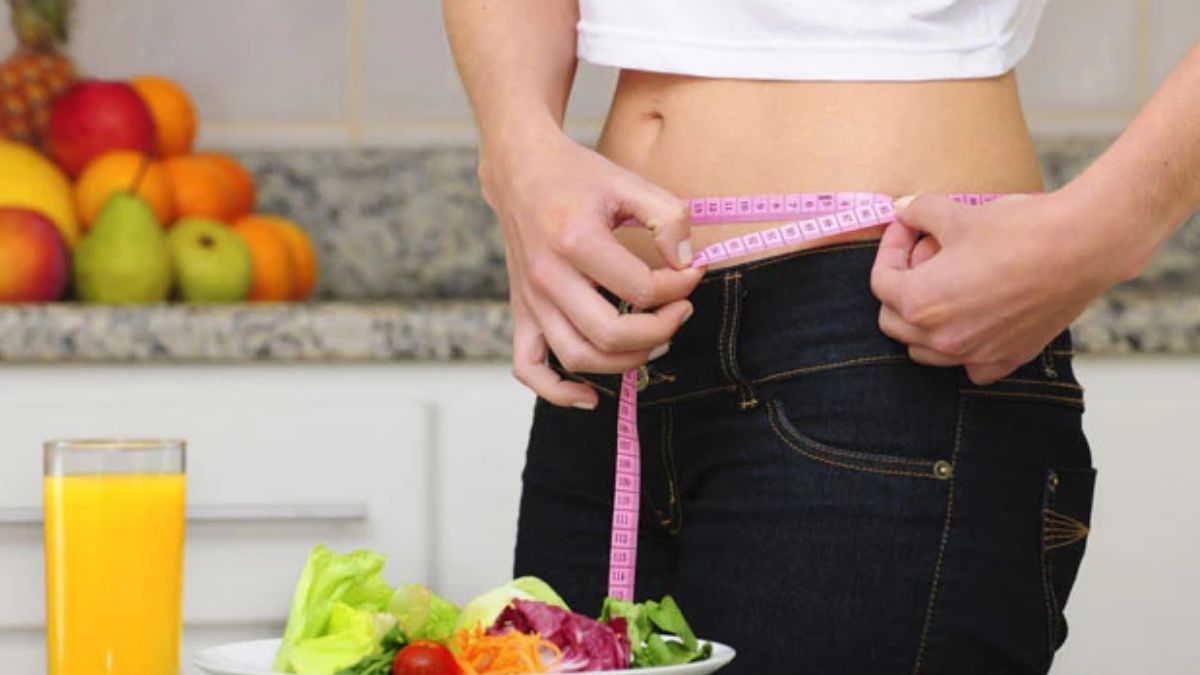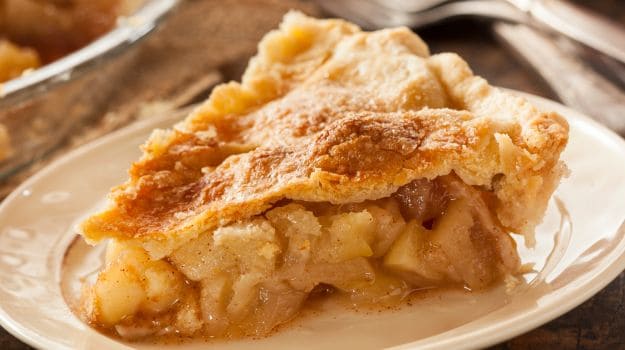The legendary food writer would be lulled by a musical luncheon.For my last meal, I’d like to be at Blackberry Cottage, the house in Devon where we had happy family holidays for about 30 years. I cooked there more than anywhere else. I would like my last feast to be lunch so grandchildren of any age could join in.
It would be late summer, so we could eat on the terrace overlooking the widest expanse of the tidal river Dart, dotted with sailing boats. In the orchard below us apples and plums would be ripening. Our long wooden table would be decorated with little bunches of flowers from the garden in glass jars, and scattered all over with rose petals.
Our life there was all about boats and picnics. I used to make an enormous quiche and take it in its dish wrapped in masses of newspaper, still warm, to the beach – I’d prepare everything for everyone, all the time. I don’t know how I did it now. Quite often I’d be in Dartmouth market laden with baskets, crying with exhaustion but it was so lovely – everyone loved it so much.
My family would all be there, and my partner Johnny. My ex-husband David would have to look in as it was his place, too– it was he who first encouraged me to write down my invented recipes, often inspired by my peripatetic childhood in far-flung places abroad, which started a career I never trained for or expected.
My training was as a singer, so music is as important to me as food. After the meal I would like my daughter Kate to sing songs that would make us laugh and cry, accompanied by my daughter Liza on her flute and my brother Ben on his musical saw. It would be wonderful to hear their music wafting over the water as we nibbled a chocolate or two and digested our food. Kate does a lot of jazz cabaret, and she’d know all the early songs I love – Peggy Lee, Dorie Previn, all the songs from the 40s and 50s; David used to accompany me on the piano when I still sang. But we never all played together as a family. I remember a very little Henry once walking in when David and I were playing, with his fingers in his ears.
Since I would be about to die I would want to relax and enjoy the company of my loved ones, so I might make the puddings in advance. But my son Henry and our friend of many years Bruno Loubet, who produces exactly the kind of imaginative food I love most, would cook the rest. My friend Johnny could be the brilliant sous-chef and host that he is.
As it would be a Devon feast, I’d stick to things we especially enjoyed there. Plump Brixham scallops set in saffron wine jelly, followed by roast ribs of tender Devon beef, spiked with smoked oysters and accompanied by Bruno’s pommes dauphinoise and fresh peas with slow-cooked garlic.
And, since my family used to call me the queen of tarts, we’d finish with one of my crispy upside-down apple tarts, glazed with quince jelly made from the orchard tree, together with my calvados ice-cream, which my children’s friends raved about.
Josceline Dimbleby’s crisp and aromatic apple tart
In this recipe, the apples are cooked long and gently so they go a lovely shade of pink.
Serves 6-8
100g unsalted butter
4 tbsp golden caster sugar
1kg dessert apples
Finely grated rind of 2 oranges
2 tsp ground cardamom
2 tsp ground cinnamon
400g filo pastry
Quince jelly
1 Preheat the oven to 150C/300F/gas mark 2. Smear the bottom of a 26-27cm round ovenproof flan dish with 25g of the butter and sprinkle 3 tbsp of the caster sugar evenly on top.
2 Core the unpeeled apples and slice them thinly into half-moon shapes. Arrange a neat layer of overlapping apple slices on top of the caster sugar. Sprinkle with half the grated orange rind, then evenly arrange the remaining apple slices on top – they don’t have to be so neat this time.
3 Sprinkle with the remaining orange rind and cover with foil. Bake on the centre shelf of the oven for 1 ½ -2 hours, until the apples are tender.
4 Then carefully pour any apple juice into a small saucepan, boil fiercely until syrupy, pour back over the apples and leave until cold.
5 Gently melt the remaining butter in a saucepan and remove from the heat. Put 1 tbsp caster sugar in a small bowl and stir in the ground spices.
6 Lay a sheet of filo pastry on top of the apples, folding the edges into the dish. Brush thinly with some of the melted butter and scatter lightly and evenly with a little sugar and spice mixture. Lay another sheet of filo pastry on top and repeat the butter, sugar and spice procedure, again pressing the pastry edges into the dish. Continue like this until all the filo is used up, just buttering the last piece and sprinkling it with a little sugar.
7 Preheat the oven to 190C/375F/gas mark 5 and put the tart on the centre shelf. Cook for 25 minutes, then turn down the heat to 1670C/325F/gas mark gas 3 and cook for a further 20 minutes, until the pastry is a deep brown.
8 To serve, put a large, flat serving plate on top of the flan dish and turn both upside down. Give it a good shake and turn the tart out on to the serving plate, carefully lifting the dish off. Serve hot or warm. Before serving brush the apples with a little melted quince jelly.
Photo credits: Thinkstock






